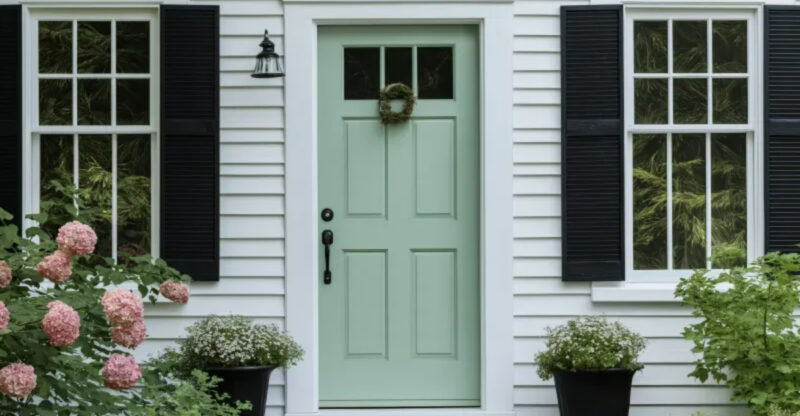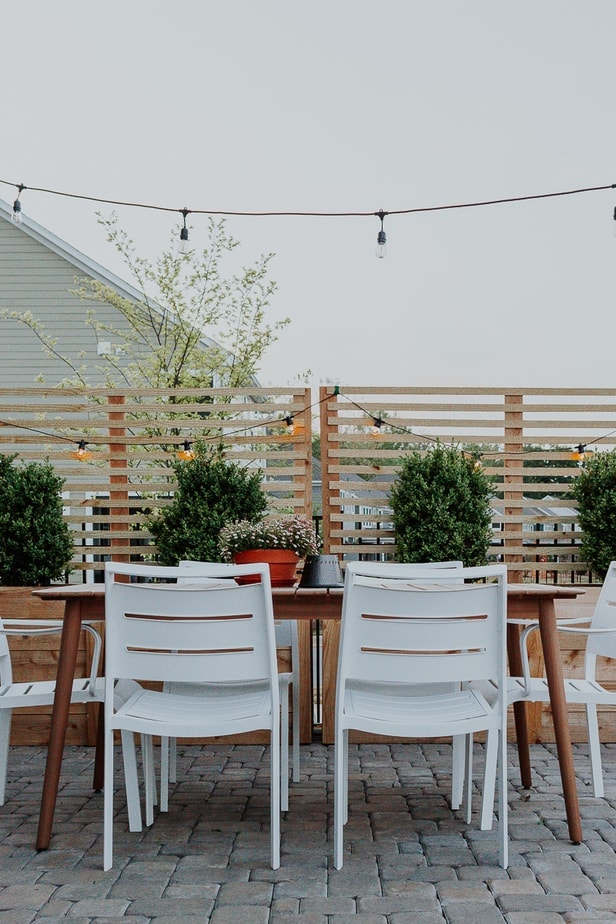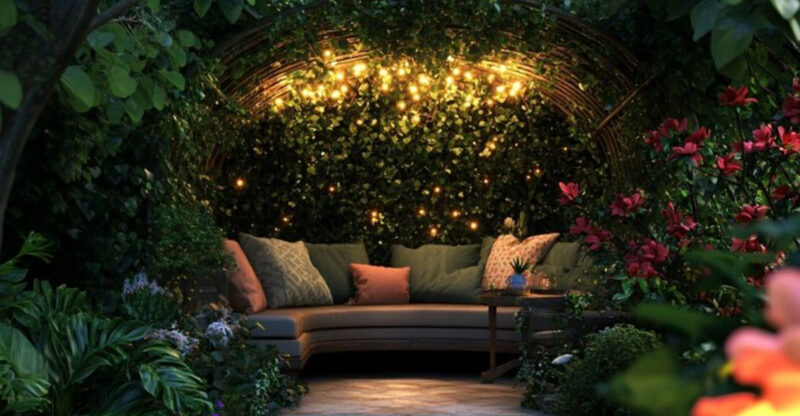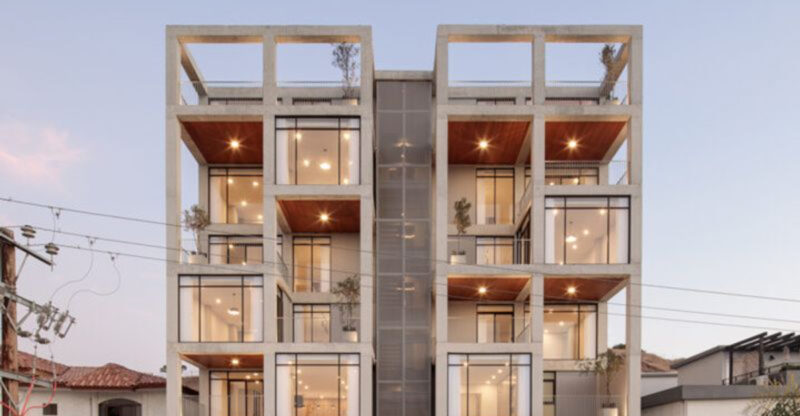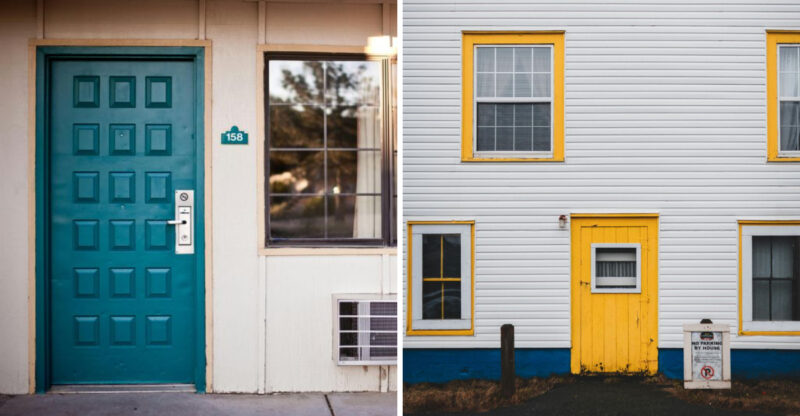9 Outdoor Decor Ideas That Still Work In Washington And 3 To Skip
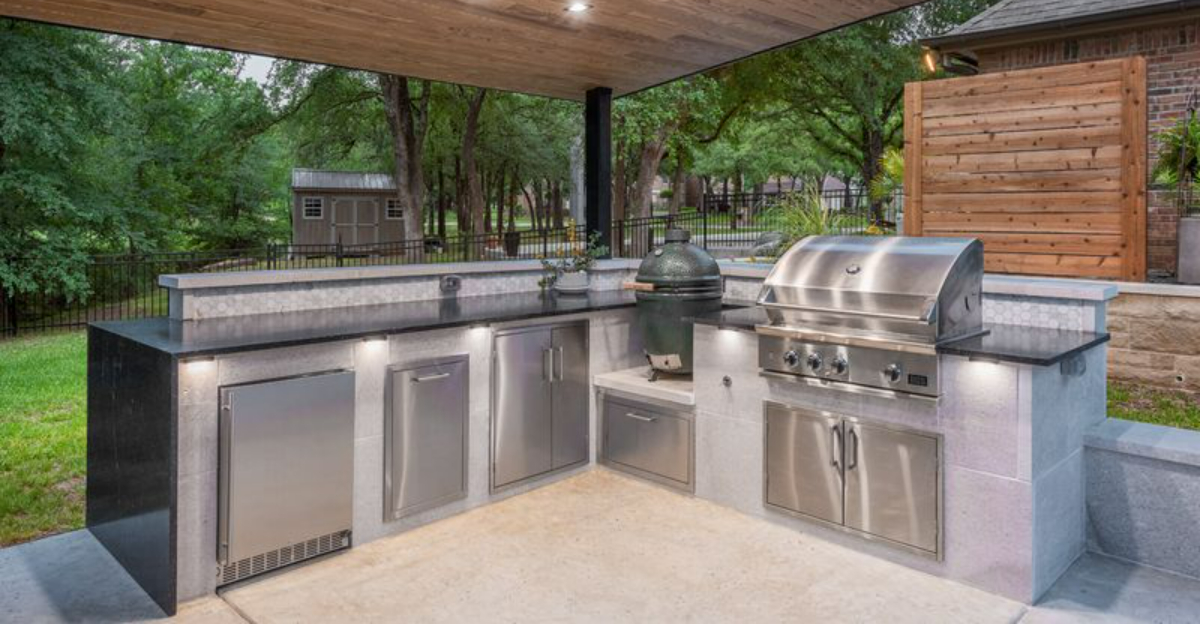
Living in Washington state means dealing with a lot of rain, but that doesn’t mean your outdoor space can’t look amazing. With the right decor choices, your patio, garden, or balcony can become a beautiful extension of your home that stands up to our unique Pacific Northwest weather.
I’ve rounded up nine outdoor decorating ideas that work wonderfully in Washington’s climate, plus three popular trends you might want to avoid saving yourself some headaches and money.
1. Weather-Resistant Furniture
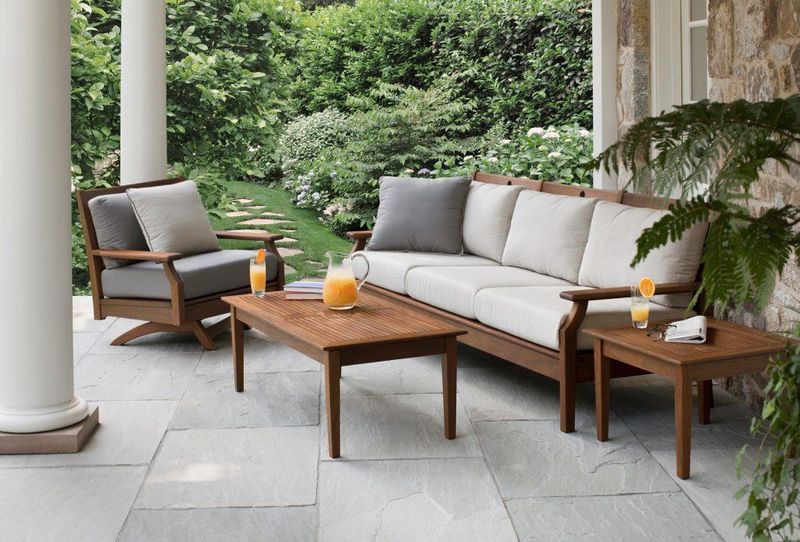
Nothing ruins outdoor enjoyment faster than soggy cushions or moldy furniture. I invested in cedar, teak, or powder-coated aluminum pieces for my backyard, and they’ve survived multiple Washington winters beautifully.
The natural oils in cedar and teak repel water and resist rot, while quality powder-coated metals stand up to rain without rusting. Look for quick-dry cushions with removable, washable covers that won’t stay damp for days after a shower.
2. Covered Fire Pit Area
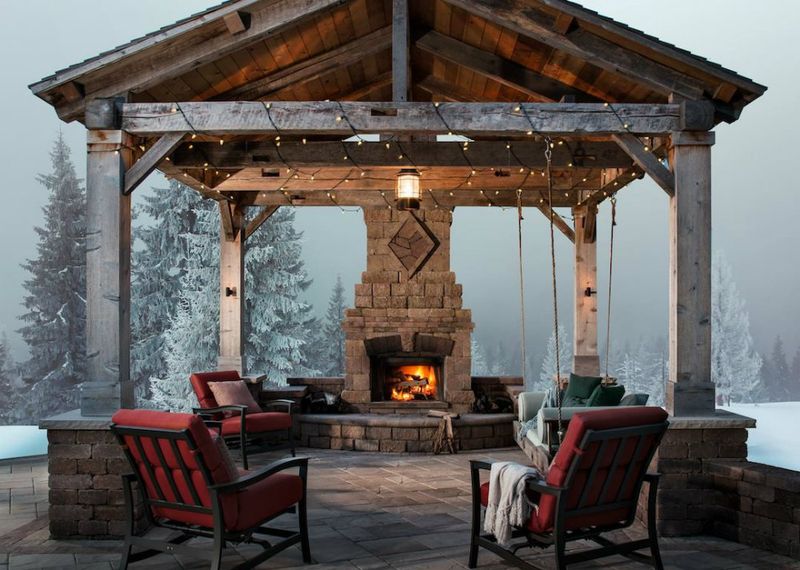
Rainy evenings don’t have to send everyone running indoors. My covered fire pit area has become the heart of our backyard gatherings, extending our outdoor season well into fall and starting earlier in spring.
Gas-powered options eliminate smoke concerns on burn-ban days, while wood-burning pits create that magical campfire experience. Adding a simple roof structure or pergola above creates a cozy retreat that works regardless of the forecast.
3. Rain Chains Instead of Downspouts
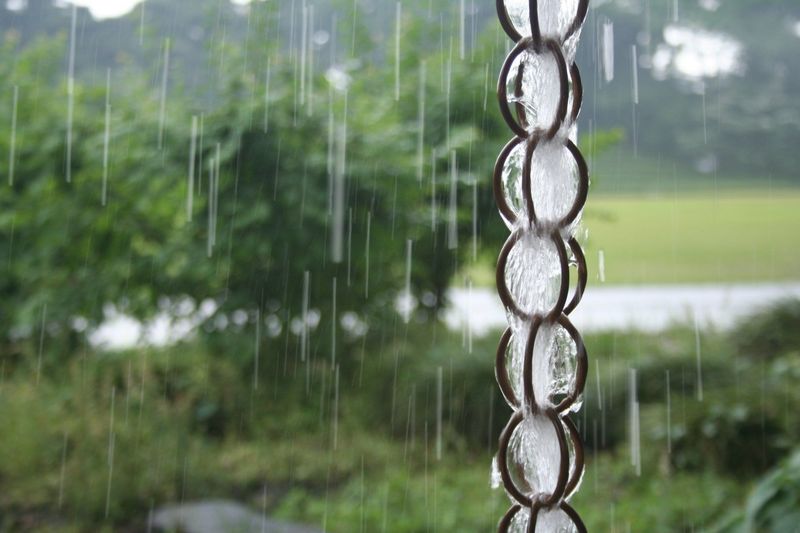
Functional art transforms ordinary rain management into something beautiful! Rain chains guide water from gutters to the ground while creating a mesmerizing water feature every time it rains – which in Washington, means frequent enjoyment.
Copper versions develop a gorgeous patina over time, while brass maintains its golden glow. I’ve installed several around my home, directing water into decorative catch basins filled with river rocks. The gentle tinkling sound adds another sensory dimension to rainy days.
4. Native Plant Container Gardens
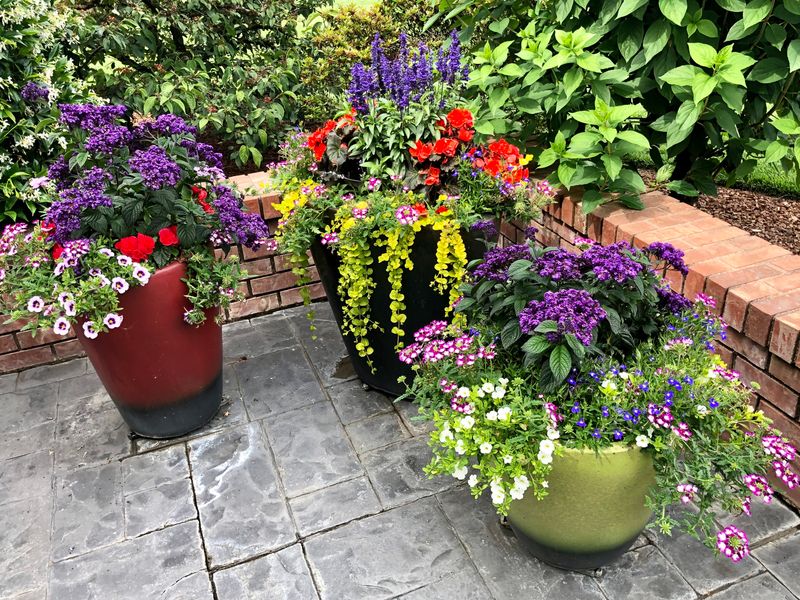
Hardy containers filled with Pacific Northwest natives create year-round interest without constant maintenance. My porch features pots of sword ferns, evergreen huckleberry, and salal that thrive in our climate with minimal fussing.
Grouping containers of various heights creates visual drama, while using frost-resistant pottery prevents cracking during winter freezes. For extra punch, I mix in seasonal bloomers like hardy fuchsias that attract hummingbirds even on drizzly days.
5. Cedar Pergola with Clear Roof Panels
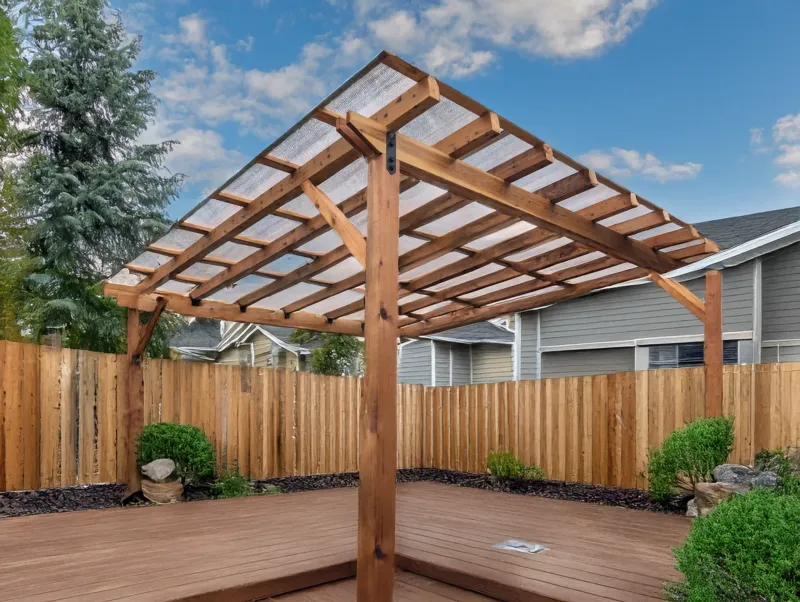
Game-changing outdoor structure alert! Adding clear polycarbonate panels to a traditional cedar pergola creates a rain-protected space without blocking precious sunlight. Mine has transformed how we use our patio from March through November.
The cedar weathers beautifully in our climate, taking on that classic silver-gray patina over time. String lights woven through the beams provide evening ambiance, while the clear roof lets us stargaze on those rare clear nights while staying protected if weather changes suddenly.
6. Outdoor-Rated String Lights
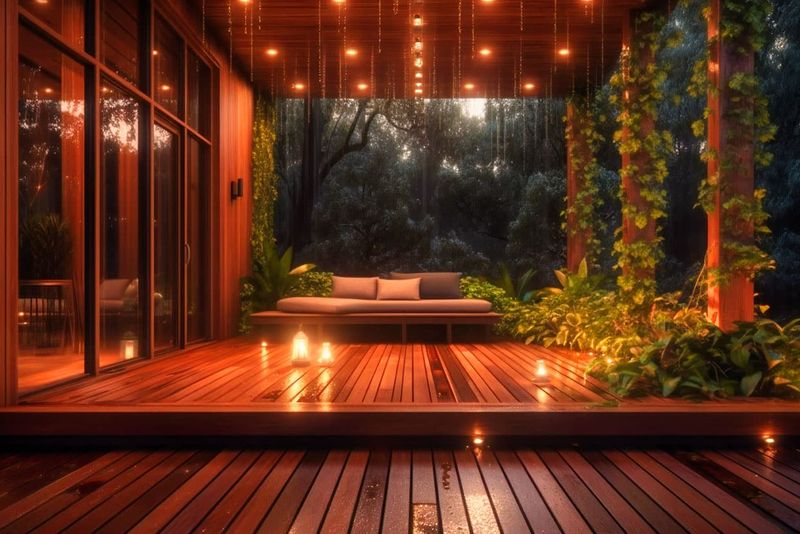
The early sunsets of Washington winters don’t have to end outdoor enjoyment. Quality outdoor-rated string lights (look for commercial-grade with weatherproof sockets) create magical ambiance and extend usable hours in your outdoor space.
I’ve zigzagged lights across my patio and wrapped them around deck railings to create a warm glow that works year-round. Edison-style bulbs provide a particularly cozy feel on misty evenings, making even drizzly nights feel special rather than dreary.
7. Rock Gardens with Alpine Plants
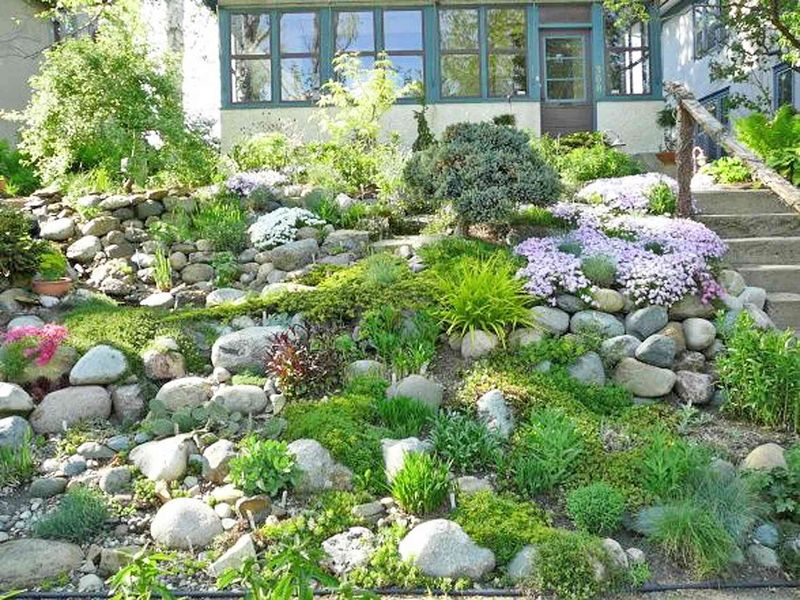
Rock gardens featuring drought-tolerant alpine plants offer fantastic texture year-round while solving drainage problems common in clay-heavy Washington soils. My sloped yard section now boasts a beautiful arrangement of river rocks with hardy succulents and small conifers.
The stones warm up quickly on sunny days, creating microclimate pockets where Mediterranean herbs also thrive. As a bonus, these areas require almost no supplemental water during our increasingly dry summers, saving both money and maintenance time.
8. Covered Outdoor Kitchen
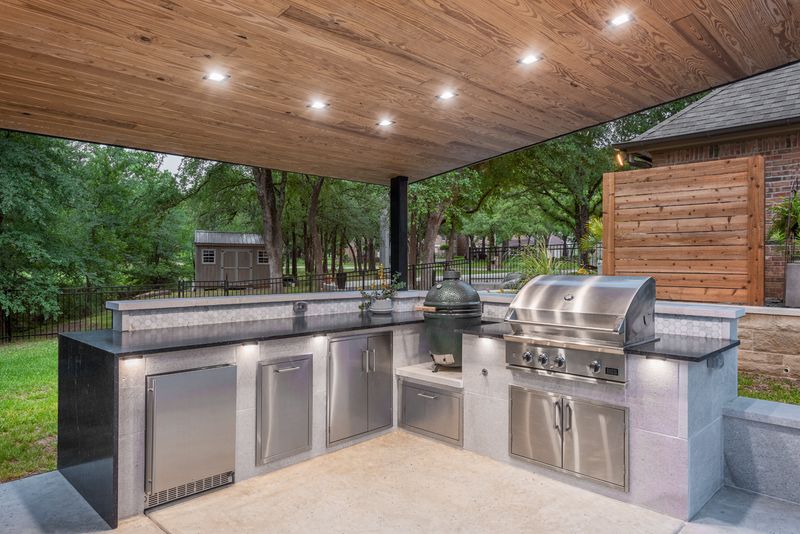
Grilling shouldn’t be limited to sunny days! My covered outdoor kitchen area features a simple roof extension that keeps both the cook and the food dry during our frequent light rains.
Installing proper ventilation prevents smoke buildup, while weather-resistant cabinetry provides storage that doesn’t warp or mildew. Even a simple grill station with counter space and overhead protection dramatically increases how often we cook outside. The smell of dinner on the grill now accompanies even our misty evenings.
9. Wicker Furniture (But Skip Real Wicker)
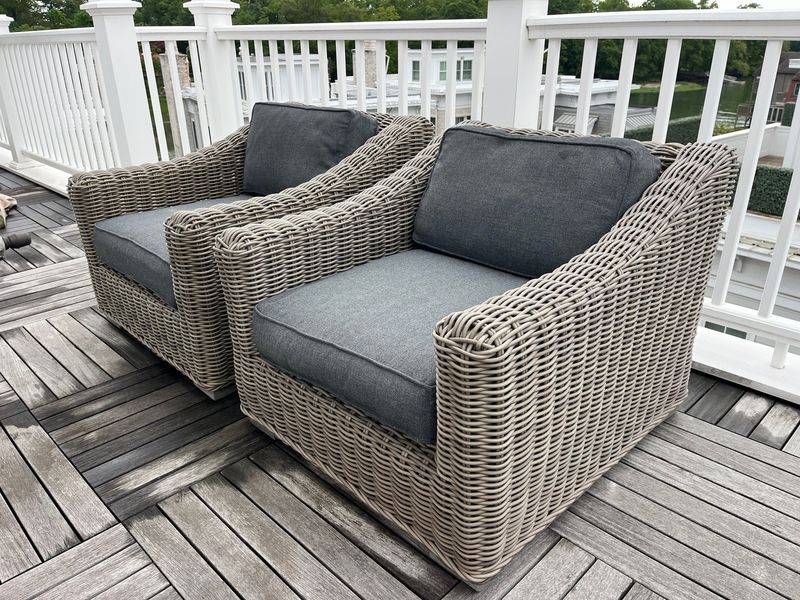
The cozy cottage look of wicker perfectly complements Washington’s lush landscapes, but natural wicker disintegrates quickly in our damp climate. Synthetic all-weather wicker has been a game-changer for my covered porch.
Modern versions look remarkably authentic while withstanding moisture, UV rays, and temperature fluctuations. I’ve had my resin wicker set for seven years with zero deterioration, despite being exposed to indirect rain and morning dew. The key is choosing pieces with aluminum frames that won’t rust.
10. SKIP: Untreated Iron Decor
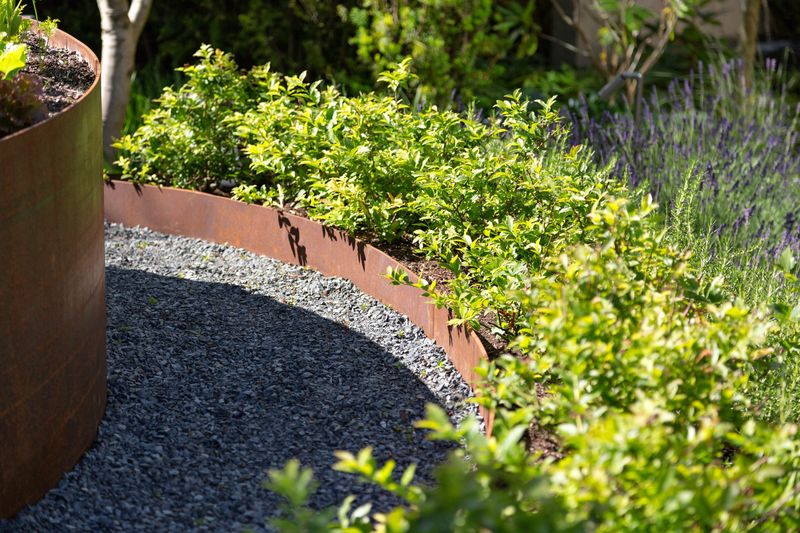
Those gorgeous scrollwork iron planters and decorative elements from drier climates quickly become rust disasters in Washington. I learned this expensive lesson after buying beautiful Mexican iron planters that deteriorated within months.
Even powder-coated iron eventually chips and begins to rust in our persistent moisture. Any scratches in the protective coating become entry points for rust that spreads rapidly. If you absolutely love the look, opt for aluminum versions that provide similar aesthetics without the rust problems.
11. SKIP: Outdoor Rugs Without Drainage
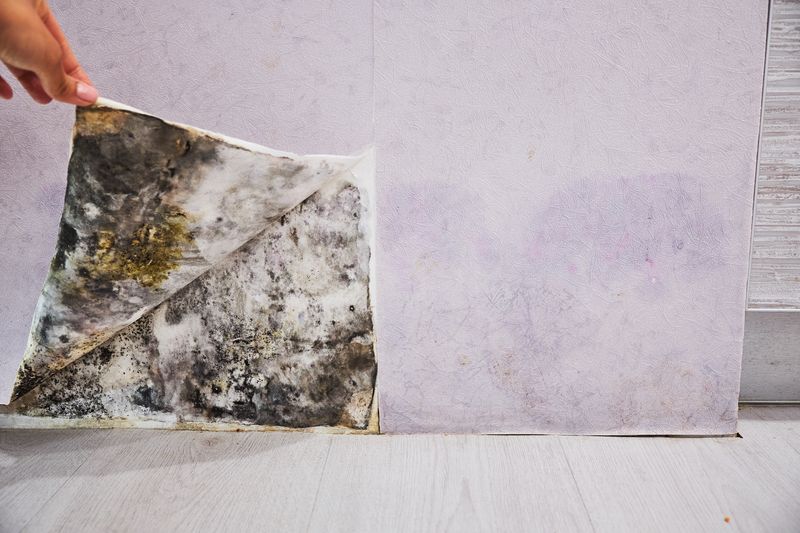
Standard outdoor rugs become mildew factories in Washington’s climate, often developing that distinctive musty smell by mid-summer. Traditional woven styles trap moisture underneath and stay damp for days after rain, creating perfect conditions for mold growth.
I’ve replaced mine with specially designed quick-dry versions made from recycled plastic that feature open weaves allowing water to pass through. If you must use traditional outdoor rugs, commit to hanging them to dry after significant rainfall or consider limiting their use to fully covered areas.
12. SKIP: Non-Sealed Wooden Signs
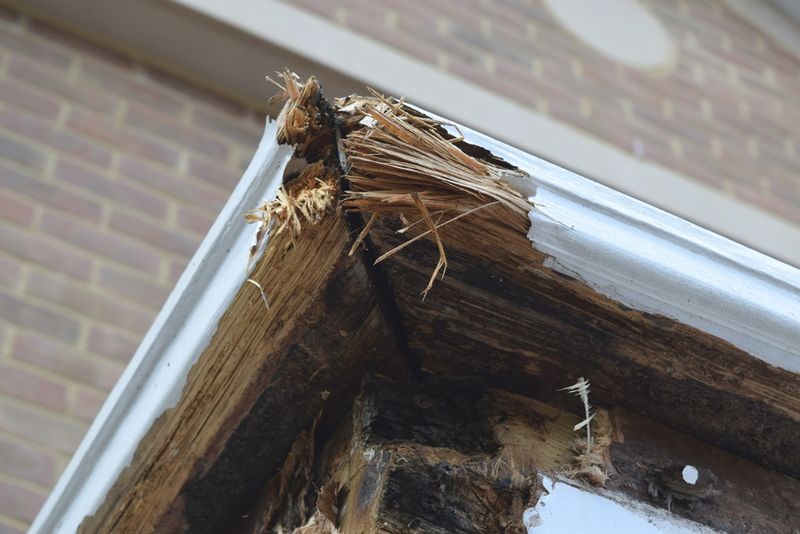
Those charming wooden welcome signs and outdoor art pieces popular on home decor sites rarely last through a Washington winter without special treatment. Raw or minimally finished wood quickly warps, splits, and develops black mold spots in our climate.
My porch sign collection deteriorated within months until I learned to apply marine-grade sealants designed for boat decks. Even with proper sealing, expect to refinish wooden decor elements annually. For longer-lasting alternatives, consider signs made from composite materials designed to mimic wood.

